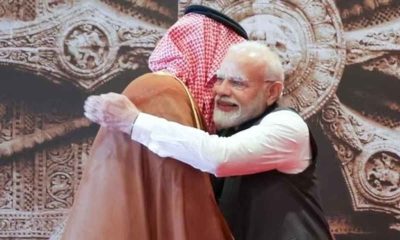India News
Lucknow encounter alarm bell for Indian agencies
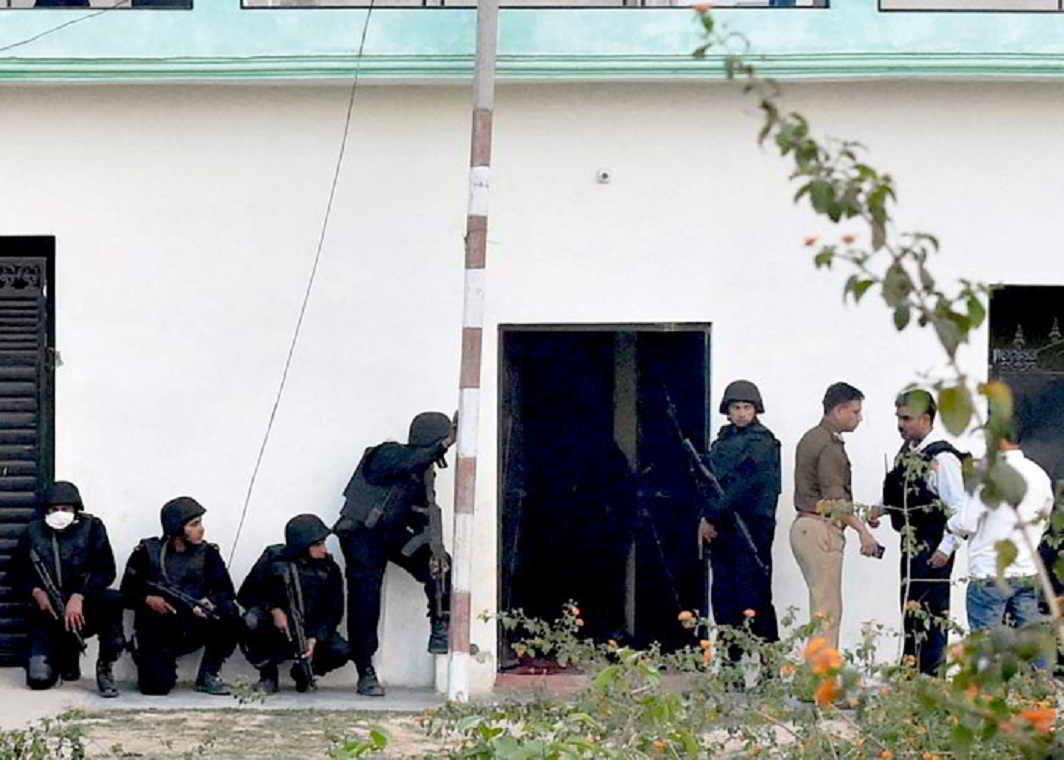
[vc_row][vc_column][vc_column_text]Government and populace must sit up and take note of growing radicalisation of youth
The recent encounter between the police and suspected Islamic State (IS) terrorists in Lucknow is an eye-opener for the government, especially the intelligence agencies in the country. It is all the more important as Union Home Minister Rajnath Singh had expressed confidence in December 2016 that the IS would not be able to spread its roots in India.
The encounter with Saifullah was the first such incident in Uttar Pradesh. Earlier, Indian agencies had arrested several youths from Maharashtra, Kerala and Hyderabad on suspicion of being in contact with overseas IS handlers. A few of them succeeded in reaching Syria and Afghanistan where they reportedly laid down their lives and achieved “martyrdom”.
The UP Anti Terror Squad (ATS) says that the information excavated from the laptops of the arrested IS suspects after the Bhopal-Ujjain passenger train blast indicates the IS was planning to carry out serial blasts at Kanpur’s Dewa Sharif, shrine of Waris Ali Shah, similar to last month’s terror attack on Sufi Lal Shahbaz Qalandar’s shrine in Karachi, Pakistan.
The growing number of youths being influenced by the IS should be treated as an alarm bell by the authorities and the people of this country.
Abhinandan Mishra, quoting diplomatic documents released by WikiLeaks, revealed in an article published in the London-based The Guardian in June 2015 that individuals and institutions in Saudi Arabia were pumping in money worth millions of rupees into India to open religious trusts and non-governmental organisations.
WikiLeaks, while producing an undated document originating from the embassy of Saudi Arabia in New Delhi, listed Indian institutions and societies which had applied for financial assistance. The document suggests that the government of Saudi Arabia itself pledged donations to nine such institutions located across Uttar Pradesh, West Bengal, Kerala and Maharashtra.
According to the document, Saudi Arabia pledged 75,000 Saudi rials (SR) to two societies for establishing a madarsa building and a vocational centre for girls in Mirzapur and Siddarth Nagar, respectively.
The Saudis also pledged 2.5 million SR to Islamic Mission Trust, Mallauram, Kerala, and one million SR each to the Kerala branch of the Islamic Welfare Trust and the Palghat Mujahideen Arabic College Committee for expanding the medical college and hospital building.
The role of Zakir Naik’s Islamic Research Foundation is currently under investigation by the Enforcement Directorate after the Dhaka terror suspect admitted being influenced by his preaching. Peace TV, run by the Foundation, was already banned in several countries including India, Bangladesh, Canada and the UK. Naik was awarded the King Faisal International Prize in March 2015 for his “service to Islam” by Saudi King Salman bin Abdulaziz.
By Abu Turab
Image courtesy: Rstv.nic.in/[/vc_column_text][/vc_column][/vc_row]
2024 Lok Sabha Elections
Election Commission orders AAP to modify Lok Sabha campaign song
AAP minister Atishi attacked the ECI for putting a ban on the party’s Lok Sabha election campaign song. She said this has happened for the first time in the history of India that the Election Commission has put a ban on the election song of a political party.
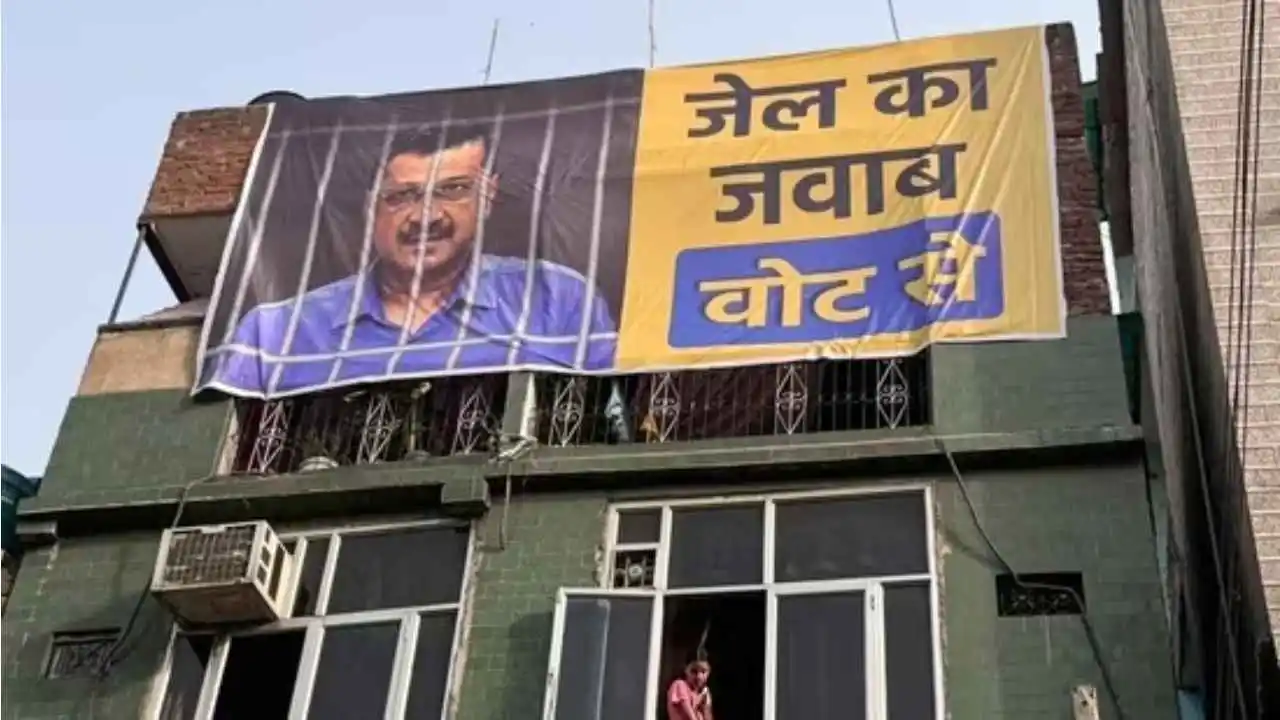
The Election Commission of India asked the Aam Aadmi Party to modify its election campaign song on Sunday. The Election Commission pointed out that the phrase jail ke jawaab me hum vote denge shows an aggressive mob holding the photo of Arvind Kejriwal showing him behind bars, casts a bad impression of the judiciary. The ECI added that the phrase appears several times in the advertisement which contravenes the provisions of ECI Guidelines and Rule 6(1\(g) of Programme and Advertising Codes prescribed under the Cable Television Network Rules, 1994.
AAP minister Atishi attacked the ECI for putting a ban on the party’s Lok Sabha election campaign song. She said this has happened for the first time in the history of India that the Election Commission has put a ban on the election song of a political party.
The Election Commission listed some of the phrases that it found in violation of codes. The phrase: Tanashahi party ko hum chot denge with the video clip showing the protesters clash with the police (running from 00:21 to 00:23) incites violence. The phrase: gunda gardi ke khilaf vote denge and Tanashahi karne wali party ko hum chot denge running from duration 00:27 to 00:32 Sec with the video clip showing Manish Sisodia being escorted by the police. The words and the video clip shows the police in bad light.
The Election Commision said the phrase: Awazein khilaf thi jo sabko jail me daal dia, bas unko hi bahar rakha jisne inko maal dia. Itna lalach, itna nafrat, bhrastachari se mohabbat shows slanderous remarks and is a criticism of BJP on the basis of unverified facts and also casts bad impression of the judiciary. The Election Commission stated that the phrase Tanashahi party ko hum chot denge with the video clip showing aggressive mob clashing with the police shows criticism of the ruling party based on unverified facts.
2024 Lok Sabha Elections
PM Modi criticises Rahul Gandhi for allegedly insulting Hindu kings, accuses Congress of not addressing atrocities by Muslim rulers
The prime minister was addressing an election rally in Karnataka’s Belagavi where he said, the statements made by the Shehzada of Congress have been made very thoughtfully to appease their vote bank. But the Shehzada does not utter a word about the atrocities committed by the Nizams, Nawabs, Badshahs and Sultans.
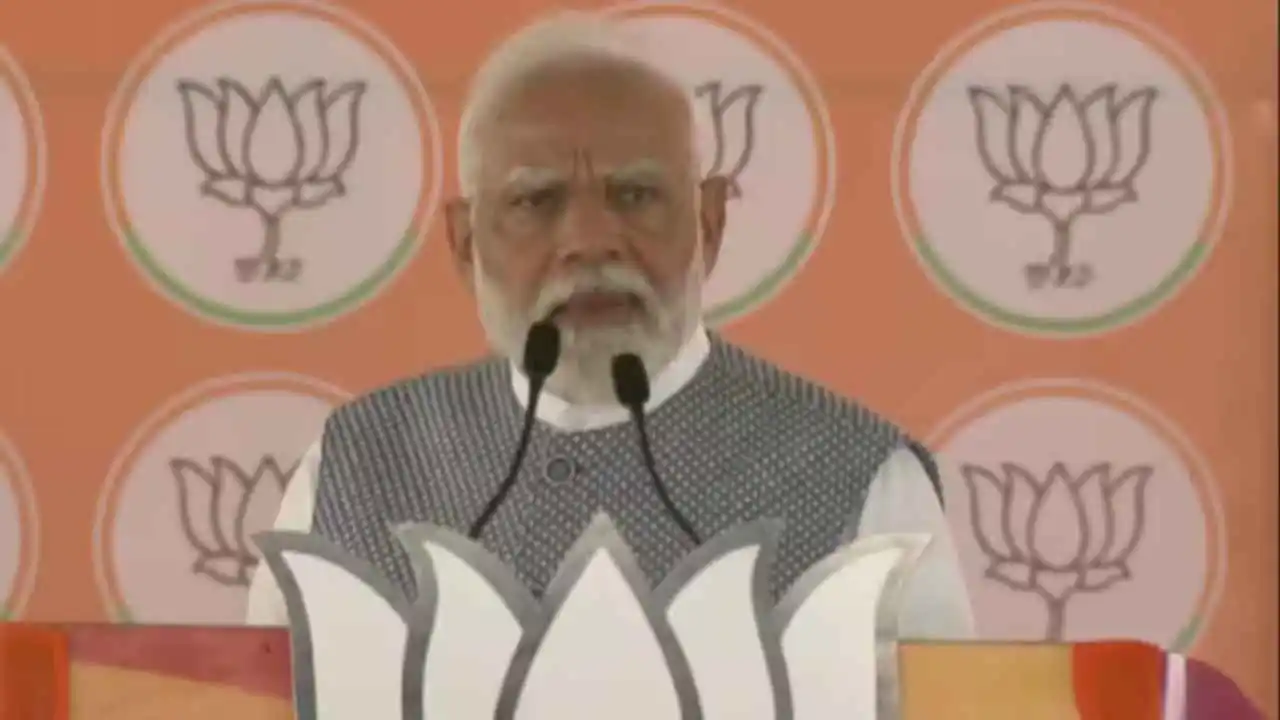
Prime Minister Narendra Modi on Sunday attacked Congress leader Rahul Gandhi for allegedly insulting Hindu kings but not saying a word on atrocities committed by Muslim rulers like Aurangzeb. The prime minister was addressing an election rally in Karnataka’s Belagavi where he said, the statements made by the Shehzada of Congress have been made very thoughtfully to appease their vote bank. But the Shehzada does not utter a word about the atrocities committed by the Nizams, Nawabs, Badshahs and Sultans.
Congress does not remember the atrocities committed by Aurangzeb who destroyed thousands of Hindu temples. He said Congress forms political alliances with parties who praise Aurangzeb. PM Modi said the Congress do not talk about all those who destroyed Hindu pilgrimage sites, looted them, killed Hindu people, and killed cows.
The Prime Minister was referring to a video clip of Rahul Gandhi which was shared by many BJP leaders. In the video clip, the Gandhi is heard saying, during the rule of Rajas and Maharajas, they could do whatever they wanted and even grab someone’s land. The Congress fought for India’s independence and brought democracy in the country.
PM Modi also mentioned the death of a Karnataka Congress corporator’s daughter, who was killed by her former colleague in her college. He said the Congress government gives priority to appeasement and for them, the lives of daughters like Neha have no value. The prime minister further added that the Congress is only concerned about its vote bank.
Neha Hiremath, daughter of Congress Councillor of Hubballi-Dharwad Municipal Corporation Niranjan Hiremath, was murdered on the campus of BVB College on April 18 by her ex-classmate Fayaz. PM Modi accused Congress for supporting anti national parties like PFI (Popular Front of India) for votes which is an anti-national organisation that gives shelter to terrorism and which has been banned by the Modi government.
India News
Delhi Congress President Arvinder Singh Lovely resigns, says he feels handicapped under Deepak Babaria’s leadership
Arvinder Singh Lovely pointed out many instances when party leaders objected to the way Deepak Babaria, the Congress’s general secretary in-charge for Delhi, conducted the state of affairs. Lovely said that he was under great pressure to expel the leaders who objected to Babaria’s ways.
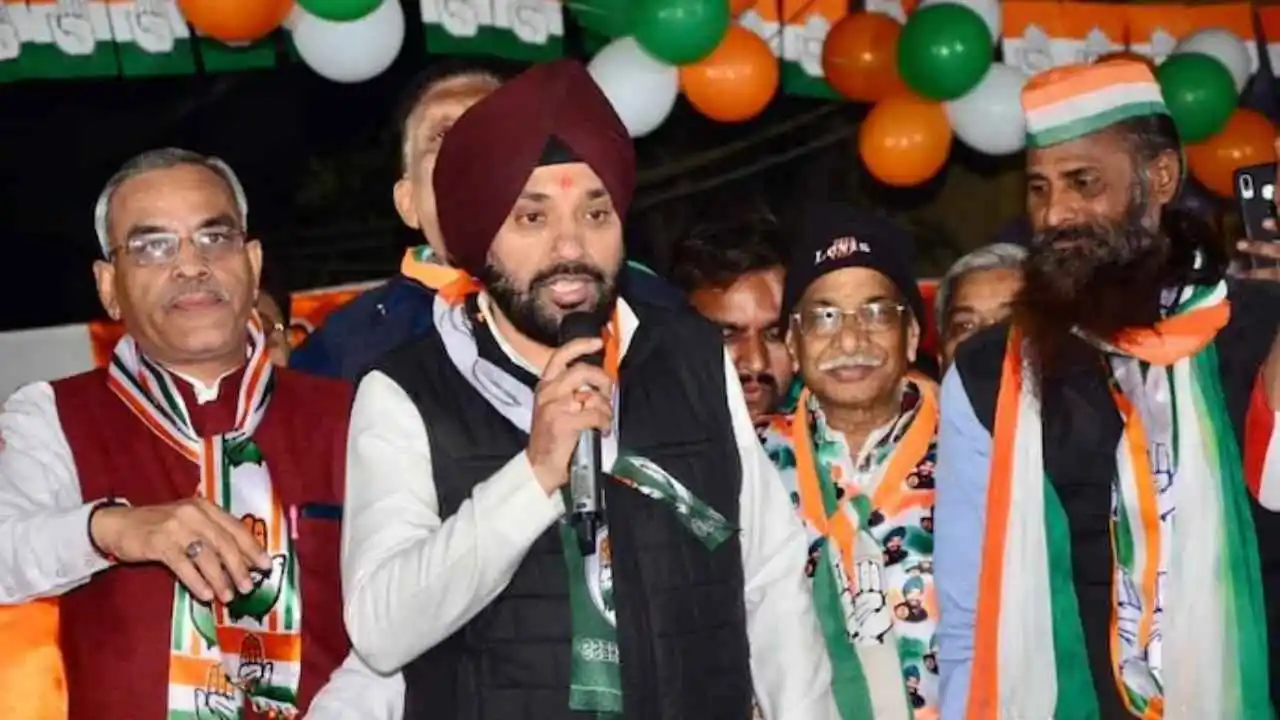
Delhi Congress President Arvinder Singh Lovely on Sunday resigned from his post, citing interference by the party’s general secretary in-charge and alliance with the Aam Aadmi Party in Delhi as major friction points. In his resignation letter to Congress chief Mallikarjun Kharge, Lovely said he felt handicapped and unable to continue as the president of the Delhi Congress unit.
He pointed out many instances when party leaders objected to the way Deepak Babaria, the Congress’s general secretary in-charge for Delhi, conducted the state of affairs. Lovely said that he was under great pressure to expel the leaders who objected to Babaria’s ways. Arvinder Singh Lovely said the Congress’s alliance with the AAP in Delhi for the Lok Sabha elections, which he claimed was opposed by the Delhi Congess unit.
Lovely wrote in his letter to the Congress President that the state Congress Unit was against forming an alliance with the Aam Aadmi Party which was formed on the sole basis of levelling false, fabricated and malafide corruption charges against the Congress, and in turn, whose half of the cabinet ministers are in jail on corruption charges. He further called the alliance a compromise to improve chances of victory for the Congress.
Arvinder Singh Lovely said while he respected the Congress’s alliance decision with Aam Aadmi party but he was upset by Congress’s North East Delhi seat candidate Kanhaiya Kumar praising AAP chief Arvind Kejriwal. Lovely further said that according to the alliance, the Congress was allotted 3 Lok Sabha seats, of which 2 – North West and North East – constituencies were given to total strangers.
Udit Raj is a Congress-AAP joint candidate in North West Delhi, whereas Kanhaiya Kumar is contesting from the North East seat. Arvinder Singh Lovely said the announcement of Raj and Kumar as candidates had caused an uproar and protests by Delhi Congress leaders and workers within the party.
-

 2024 Lok Sabha Elections24 hours ago
2024 Lok Sabha Elections24 hours agoMallikarjun Kharge says candidates for Amethi, Rae Bareli seats in Uttar Pradesh will be announced in a few days
-
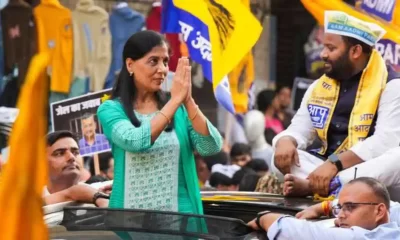
 2024 Lok Sabha Elections22 hours ago
2024 Lok Sabha Elections22 hours agoSunita Kejriwal holds maiden Lok Sabha election roadshow in Delhi
-
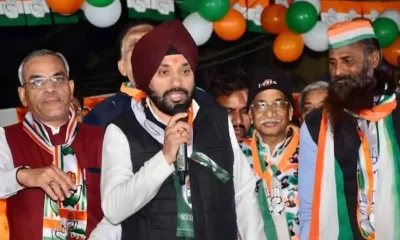
 India News4 hours ago
India News4 hours agoDelhi Congress President Arvinder Singh Lovely resigns, says he feels handicapped under Deepak Babaria’s leadership
-
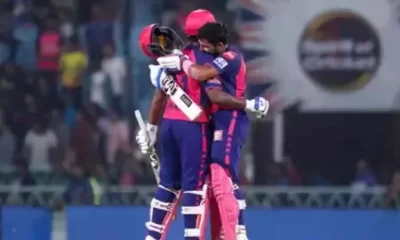
 Cricket news5 hours ago
Cricket news5 hours agoIPL 2024: Rajasthan Royals beat Lucknow Super Giants by 7 wickets and 6 balls to spare
-

 Entertainment2 hours ago
Entertainment2 hours agoHappy Birthday Samantha Ruth Prabhu: Social media wishes Queen of South Indian Cinema on her 37th birthday
-
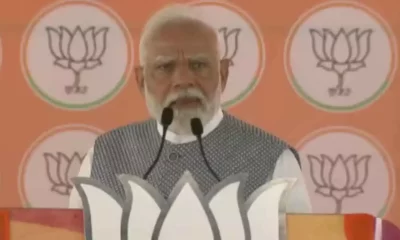
 2024 Lok Sabha Elections3 hours ago
2024 Lok Sabha Elections3 hours agoPM Modi criticises Rahul Gandhi for allegedly insulting Hindu kings, accuses Congress of not addressing atrocities by Muslim rulers
-
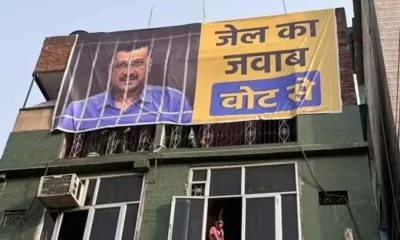
 2024 Lok Sabha Elections32 mins ago
2024 Lok Sabha Elections32 mins agoElection Commission orders AAP to modify Lok Sabha campaign song



